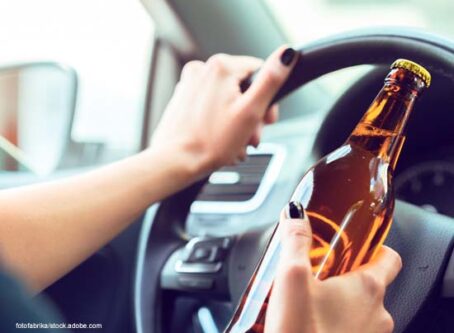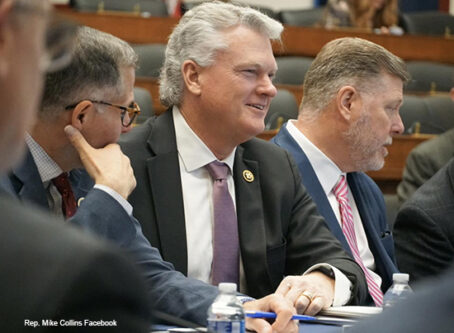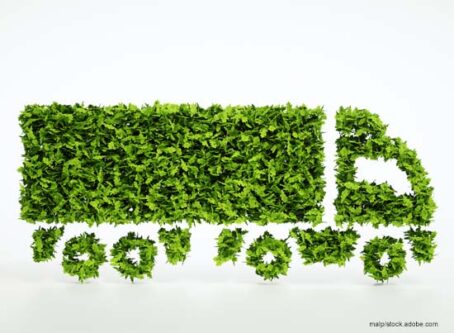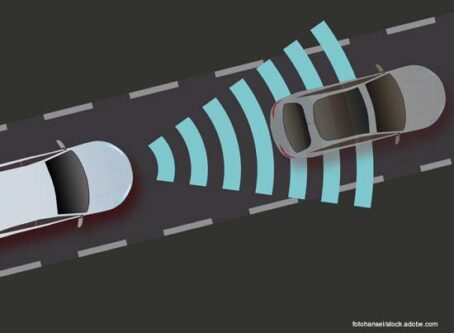Senators urge NHTSA to regulate autonomous vehicles
Six senators are urging the National Highway Traffic Safety Administration to get busy regulating autonomous vehicles, citing numerous high-profile crashes involving everything from Level 2 Teslas to Level 4 driverless Cruise vehicles.
On Thursday, April 18, Sens. Edward Markey (D-Mass.) and Richard Blumenthal (D-Conn.) issued a letter to NHTSA Acting Administrator Sophie Shulman, urging the agency “to take more proactive and aggressive action to address the safety concerns of” autonomous vehicles. Sens. Elizabeth Warren (D-Mass.), Bernie Sanders (I-Vt.), Ben Ray Luján (D-N.M.) and Peter Welch (D-Vt.) also signed off on the letter.
Pointing to several crashes involving autonomous vehicles, the senators are calling for more federal government oversight of vehicles equipped with partially automated systems like those in Tesla vehicles, as well as of fully automated driving systems like Cruise’s driverless technology. Currently, autonomous vehicles are governed by the same rules and regulations as all vehicles. The senators argue that those regulations do not address the unique challenges and situations autonomous vehicles face.
“We cannot allow partially automated driving systems and automated driving systems to accelerate the road safety crisis,” the letter states. “NHTSA must take firm control of the wheel and steer manufacturers toward prioritizing safety.”
Stay in your lane
In the letter, the senators mention that drivers of partially automated systems like Tesla’s Level 2 Autopilot are using the technology beyond its capabilities.
Autonomous vehicles currently on the market are equipped to function only under certain conditions. Many Level 2 features like adaptive cruise control and lane-keeping assist are meant to be applied on highways rather than city streets. However, nothing prevents a driver from using that technology virtually anywhere.
Tesla’s Autopilot has been at the center of several National Transportation Safety Board investigations. In a 2017 accident report, NTSB recommended that NHTSA restrict driving automated systems to conditions for which they are designed. Geofencing is already used to limit operations in Level 4 autonomous vehicles.
The senators call for NHTSA to install safety regulations limiting automated operations for all vehicles Level 2 and higher.
Self-driving or not?
The senators also call for NHTSA to address confusing and misleading marketing of certain autonomous systems.
Again pointing fingers at Tesla, the letter brings up the manufacturer’s “deceptive and dangerous practice” of marketing its technology as “self-driving.” In fact, Tesla’s Level 2 system was named Full Self-Driving. Several stakeholders, including the Owner-Operator Independent Drivers Association, raised concerns over the misleading name.
In 2022, California passed a law that effectively bans Tesla from marketing its vehicles as fully self-driving. The senators want the federal government to pass a similar rule. While NHTSA cannot regulate advertising practices, it can coordinate with other agencies to address deceptive practices when it comes to autonomous vehicles.
Better crash reporting
The letter to NHTSA urges the agency to beef up crash reporting requirements, calling the current system inadequate.
In 2021, NHTSA issued a standing general order requiring manufacturers and companies that operate vehicles equipped with Level 2-5 systems to file a report on crashes involving autonomous vehicles. However, the senators claim that many Level 2 vehicles do not include the necessary equipment to collect complete crash data.
“Like a car with only one working headlight, NHTSA isn’t seeing all the potential safety concerns facing drivers and road users, and therefore can’t take the necessary actions to protect them,” the letter states. “NHTSA should explore whether requiring more complete reporting from manufacturers on (Level 2) crashes is possible without compromising consumer privacy.”
Autonomous vehicle-specific standards
Autonomous vehicles adhere to the same regulations as traditional vehicles, but some lawmakers and stakeholders want a new set of rules for automated systems.
For a manufacturer to deploy autonomous vehicles, it needs only to follow NHTSA’s current Federal Motor Vehicle Safety Standards. All of those rules were written before automated systems were developed, creating a regulatory gap between traditional vehicles and newer vehicles equipped with emerging technology.
According to the letter to NHTSA, safety advocates have called for autonomous vehicles to undergo a “vision test” that shows a vehicle can detect and respond to other vehicles, people and objects. While the senators applaud NHTSA for prompting recalls and investigations stemming from crashes involving automated systems, they want to see the agency do something to prevent the crashes from occurring in the first place.
“While (automated driving systems) and partially automated driving systems present unique safety issues, we urge NHTSA to use its expertise and problem-solving capabilities to find proactive, effective solutions that prevent tragedies before investigations and recalls are necessary,” the letter states.
Stakeholders waiting on more clarity
Left with a patchwork of state policies, autonomous vehicle stakeholders say federal policies have the potential to move the industry forward faster.
In its State of AV report, the Autonomous Vehicle Industry Association reveals that CEOs of autonomous vehicle companies indicate that rules of the road from federal agencies can be the single most impactful action policymakers can make for the industry.
“Safety is the AV industry’s top priority,” the Autonomous Vehicle Industry Association told Land Line in an email. “Autonomous vehicles (SAE Level 4+) are subject to rigorous safety regulations and data collection requirements at the state and federal level. The Autonomous Vehicle Industry Association is engaging with lawmakers to answer their questions about AVs.” LL









